SOURCE: AFI

In a promising development for India’s indigenous fighter jet program, a high-level review meeting of the LCA Mk-II project was held at DRDO Bhawan. Secretary, Department of Defence Research and Development & Chairman of DRDO, along with the Deputy Chief of Air Staff, led the discussions.
The meeting involved key stakeholders, including DRDO laboratories and Defence PSUs (Public Sector Undertakings) contributing to the development of various systems and sub-systems for the LCA Mk-II. Representatives from CEMILAC (Central Electro Magnetic Engineering Research Institute) and NFTC (National Flight Test Centre) – crucial players in the prototype’s flight testing – also participated and presented the project’s progress, potential risks, and mitigation plans.
Continue readingSOURCE: AFI
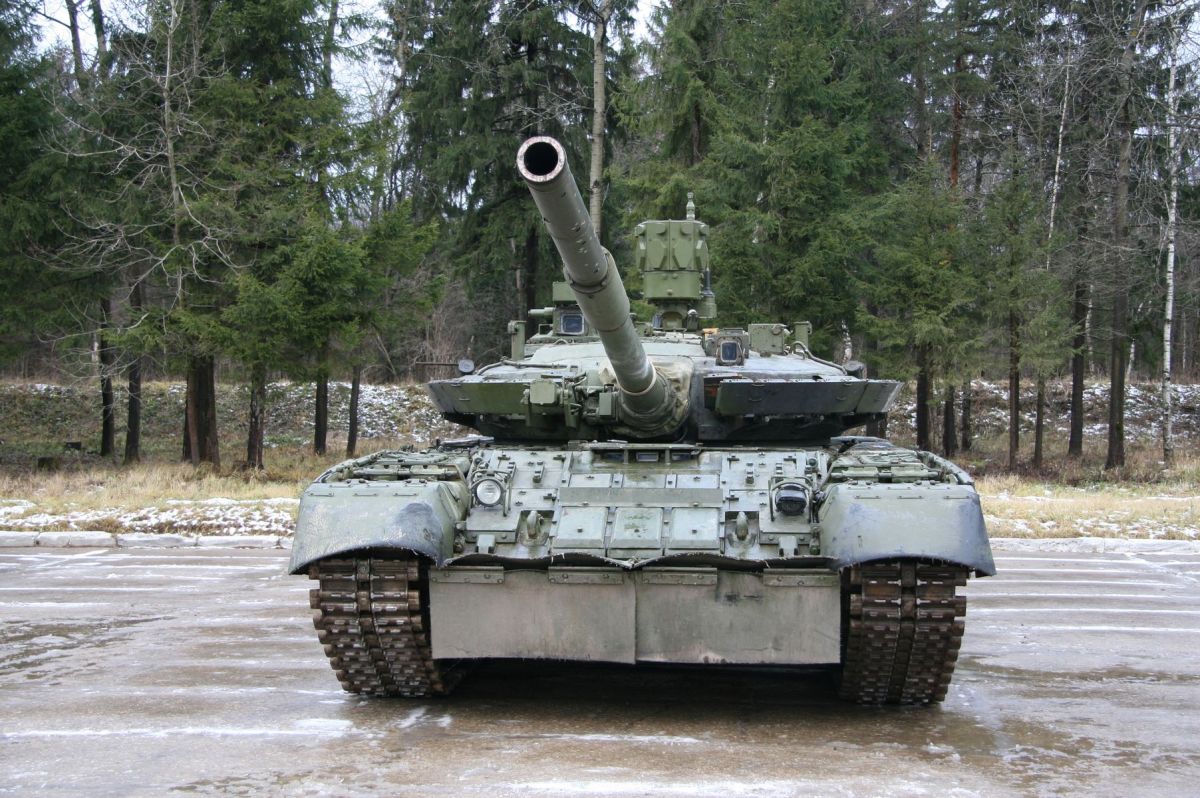
The Defence Research and Development Organisation (DRDO) has confirmed the initiation of development for an Active Protection System (APS) tailored for India’s T-90 Main Battle Tanks (MBTs). Having received clearance last year, the fabrication phase is now underway, with system testing slated to commence either later this year or early next year.
An APS is a crucial defensive suite designed to detect, track, and intercept incoming threats such as anti-tank guided missiles (ATGMs) and tank rounds before they can inflict damage. This system significantly enhances a tank’s survivability on the modern battlefield.
Continue readingSOURCE: AFI

The aerial battleground between India and Pakistan has witnessed a significant escalation in recent times, with both nations vying for supremacy in the skies. A crucial aspect of this aerial dominance is the employment of Airborne Early Warning and Control (AEWC) systems.
Pakistan has made substantial strides in this domain by expanding its fleet of Saab 2000 Erieye AEWC aircraft to nine. While India boasts a smaller fleet of three NETRA AEWC aircraft based on the Embraer ERJ 145 platform, it is actively working to bridge this gap. The Indian Air Force (IAF) plans to induct six more NETRA Mk1A AEWC aircraft, leveraging the enhanced capabilities of the Embraer 145 jet platform.
Continue readingSOURCE: AFI

The Indian Army’s upcoming Zorawar Light Tank is set to be a formidable force on the battlefield, thanks in part to its integration of the advanced John Cockerill 3150 turret. This cutting-edge weapon system is equipped with the M1060CV round, a NATO standard ammunition capable of penetrating an astonishing 560mm of armor at a range of 2000 meters.
This level of firepower is unprecedented for a tank of its class and places the Zorawar in a unique position to engage even the most heavily armored adversaries. The M1060CV round effectively bridges the gap between light and main battle tanks, enabling the Zorawar to hold its own against superiorly armored vehicles.
Continue readingSOURCE: IDRW.ORG TEAM

Domestic aerospace startup, Dg Propulsion Private Limited (DPPL), has made significant strides in India’s indigenous defence manufacturing by showcasing its turbojet engine. This engine is set to power the upcoming high-speed UAVs being developed by state-owned Bharat Dynamics Limited (BDL) for the Indian Army.
While specific details about the engine’s capabilities remain undisclosed, DPPL has previously unveiled its DG J40 mini jet engine and the more powerful DG J60 small turbojet engine. These engines, entirely developed in India, have the potential to propel not only UAVs but also cruise missiles.
Continue readingSOURCE: AFI

The Indian Air Force (IAF) has secured a major boost to its aerial capabilities with the recent clearance for the production of 200 Astra MkI missiles. This indigenous beyond-visual-range air-to-air missile (BVRAAM) is set to replace the aging Russian R-77, significantly enhancing the IAF’s air superiority.
The Astra MkI has undergone rigorous testing and has already been integrated into the Sukhoi Su-30MKI fleet, with plans to equip the Mirage 2000, MiG-29, and Tejas fighters in the future. The transition from the limited series production phase (LSP) to full-scale production is a crucial milestone, enabling domestic production on a larger scale and reducing reliance on foreign suppliers.
Continue readingSOURCE: AFI
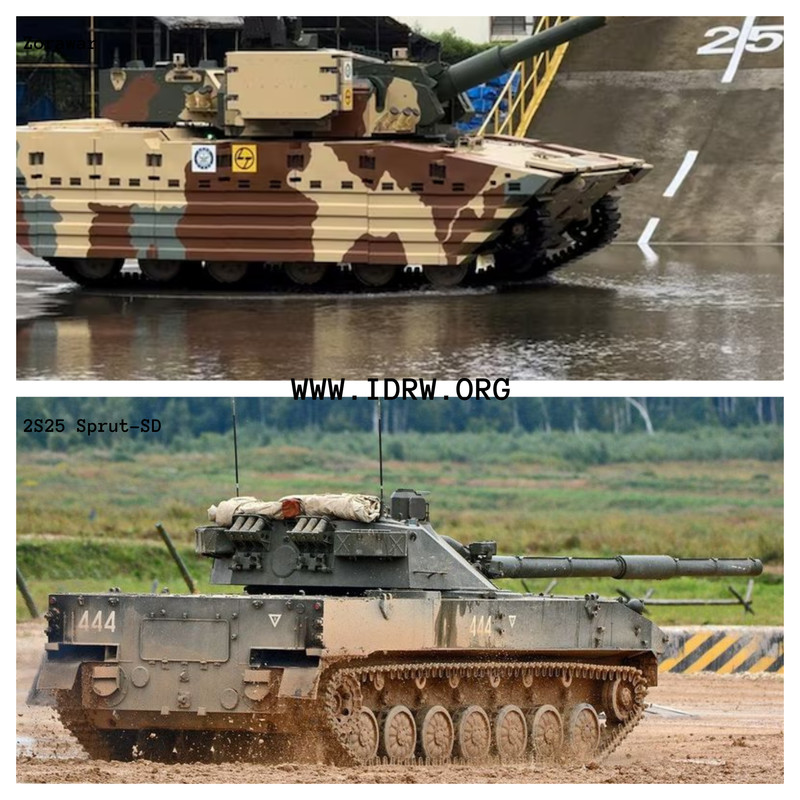
Indian Army’s Light Tank Requirements will see faceoff between DRDO-L&T developed Zorawar Light Tank and AWEIL proposed Russian 2S25 Sprut-SD. This article compares two prominent light tanks: the Indian Zorawar and the Russian 2S25 Sprut-SD. Both of these platforms embody the fusion of mobility and firepower, but they cater to different operational needs and strategic doctrines.
Zorawar Light Tank Developed by India’s Defence Research and Development Organisation (DRDO), addresses the specific needs of the Indian Army, particularly in high-altitude regions like Ladakh and Arunachal Pradesh. The tank is named after Zorawar Singh, a legendary military general known for his campaigns in the Himalayas, reflecting its intended use in mountainous terrain. The Zorawar is part of India’s strategy to counter potential threats along its northern borders, especially from China.
Continue readingSOURCE: AFI

Yesterday, ARTPARK (AI & Robotics Technology Park) played host to Shri Priyank M Kharge, the Minister of IT, BT, and S&T, Government of Karnataka, at their innovative space, ARTgarage. The visit marked a significant milestone in fostering closer collaboration between the government and the deep tech community in Karnataka, with the aim of expanding the region’s technological ecosystem.
During his visit, Shri Priyank M Kharge engaged in dynamic discussions with ARTPARK’s leadership and other key stakeholders. The conversations focused on enhancing the partnership between the government and ARTPARK to further develop and expand Karnataka’s deep tech ecosystem. Recognizing the critical role that emerging technologies like AI and robotics play in the state’s economic future, the minister emphasized the government’s commitment to supporting initiatives that drive innovation and technological advancement.
Continue readingSOURCE: AFI

Recent reports indicate that at least three Chinese state-linked research vessels are currently operating in the Indian Ocean Region (IOR). These vessels, identified as Xiang Yang Hong 03, Zhong Shan Da Xue, and Yuan Wang 7, are known for their dual-use capabilities, raising concerns about their activities in this strategically significant area.
Xiang Yang Hong 03: This vessel is a part of China’s fleet of oceanographic research ships, equipped with advanced sensors and equipment for underwater mapping, marine surveys, and data collection. While officially designated for scientific research, the Xiang Yang Hong 03 has the capability to gather intelligence, which could be used for military purposes.
Continue readingSOURCE: AFI

Solar Industries India Limited is gearing up for significant international expansion. The company’s Managing Director & CEO, Manish Nuwal, has announced plans to enter new markets in Kazakhstan and Thailand. Additionally, the acquisition of Problast BS (Pty) Ltd in South Africa underscores the company’s commitment to strengthening its global presence.
This strategic move aligns with Solar Industries’ broader vision to expand its operations beyond domestic borders. By establishing a foothold in these key markets, the company aims to capitalize on growth opportunities and diversify its revenue streams.
Continue readingSOURCE: RAUNAK KUNDE / NEWS BEAT / IDRW.ORG
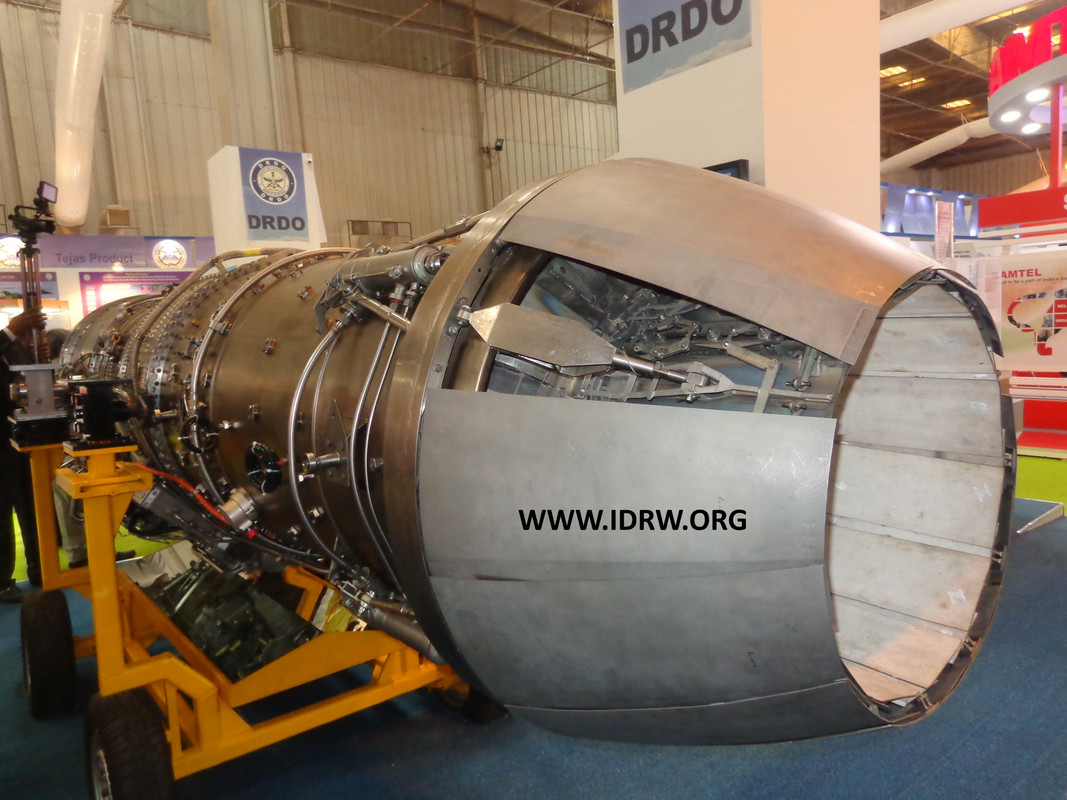
India’s long-standing ambition to develop a homegrown jet engine may soon see a significant milestone. The Gas Turbine Research Establishment (GTRE) is gearing up to demonstrate the indigenous Kaveri engine on an LCA-Tejas Trainer aircraft within the next three years. This demonstration is set to conclude nearly three decades of development on the Kaveri engine program and could offer a powerful alternative to the current engines powering the Tejas Mk1A.
The Kaveri engine program, initiated by the Defence Research and Development Organisation (DRDO) under GTRE, has faced numerous challenges and delays since its inception. However, recent advancements have brought renewed optimism. The target is to achieve an 81-83kN thrust during these demonstration flights, potentially making the Kaveri engine suitable for the second batch of Tejas Mk1A fighters.
Continue readingSOURCE: RAUNAK KUNDE / NEWS BEAT / IDRW.ORG

The Indian Army’s plans to bolster its armoured capabilities with the new Arjun Mk-1A Main Battle Tank (MBT) have hit a snag due to a shortage of engines. The state-of-the-art Mk-1A variant, designed for enhanced firepower, mobility, and survivability, was ordered in 2021 with an initial delivery expected in 2024.
The challenge lies in the supply of the German-made 1400 HP MTU MB 838 Ka-501 V10 diesel engine, a crucial component for the tank’s operation. This engine shortage has put Heavy Vehicles Factory (HVF) in Avadi, Chennai, in a difficult position.
Continue readingSOURCE: RAUNAK KUNDE / NEWS BEAT / IDRW.ORG
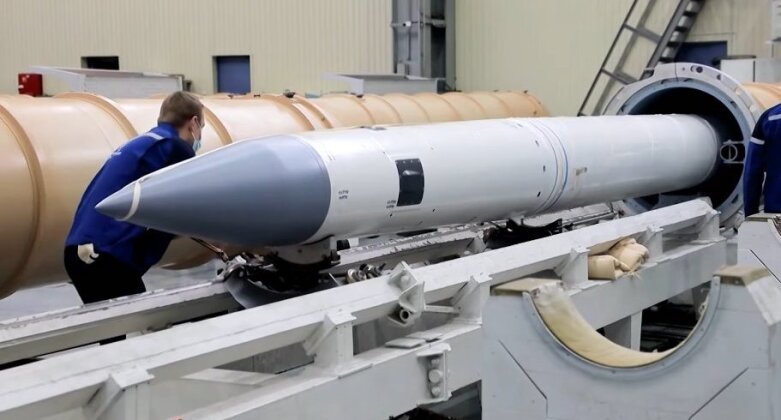
In a significant boost to India’s military capabilities, Russia is set to supply 120 long-range surface-to-air missiles, following Prime Minister Narendra Modi’s recent visit to Moscow. This advanced weaponry is expected to provide India with a substantial edge over its adversaries, particularly Pakistan.
The S-400 air defence system, equipped with the cutting-edge 40N6 interceptor missile, is capable of engaging a wide range of aerial threats, including high-speed, low-altitude targets. When integrated with India’s early warning aircraft, such as the AWACS, the system forms a formidable defensive shield.
Continue readingSOURCE: AFI
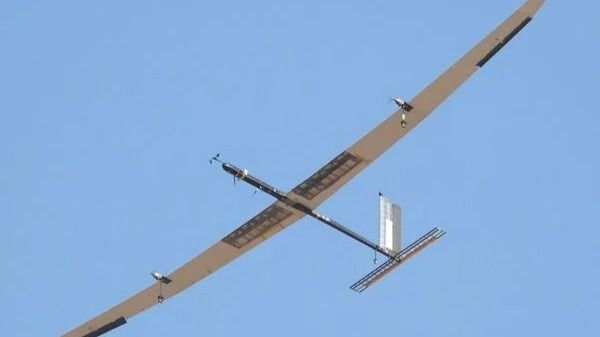
The Indian Institute of Science (IISc) Bangalore is at the forefront of a groundbreaking project to develop a High-Altitude Platform (HAP). This unmanned aerial vehicle (UAV) is designed to operate at a stratospheric altitude of 20 kilometers, offering a unique blend of satellite-like persistence and aircraft-like flexibility.
HAPs are poised to revolutionize telecommunications and earth observation. By operating above weather conditions and flight paths, they can provide uninterrupted service for up to 90 days. This endurance, combined with the ability to be repositioned, sets them apart from traditional High-Altitude Long Endurance (HALE) UAVs.
Continue readingSOURCE: AFI

A striking monument stands tall at the Maintenance Command Headquarters in Vayu Sena Nagar, Nagpur: a MiG-29 fighter jet. This particular aircraft, bearing the serial number KB3298, holds a unique place in the annals of Indian Air Force history.
Introduced around 2005, it was the first MiG-29 to be publicly displayed in India. However, its journey to becoming a static display was far from ordinary. The aircraft had suffered a significant drop tank accident at Adampur Air Force Station, resulting in damage so extensive that a full restoration was deemed economically impractical.
Continue reading